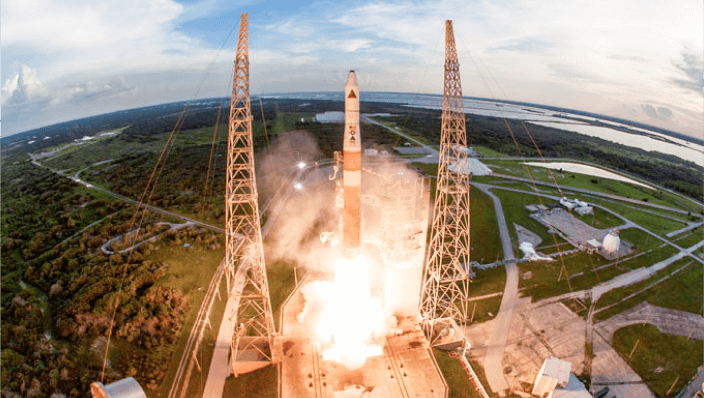Press Release – Shane Thin joins the Mitchell Institute Team as Digital Media Content Assistant
Arlington, Virginia, August 10, 2022 The Mitchell Institute for Aerospace Studies is pleased to announce Shane Thin is joining our…
Arlington, Virginia, August 10, 2022 The Mitchell Institute for Aerospace Studies is pleased to announce Shane Thin is joining our…
In this Rendezvous episode, we talk about the defense bills moving through the House and Senate. We focus on the future of the F-22, the Hill’s stance on F-35, whether the Air Force’s attempt to pursue “divest to invest” is working, support for the nuclear triad, and Congress’ thoughts on sending airpower to Ukraine. We also introduce two new voices to the Rendezvous team that you’ll hear from monthly: Anthony “Lazer” Lazarski and Todd “Sledge” Harmer.
Arlington, VA | August 2, 2022 — The Mitchell Institute for Aerospace Studies announces a new entry in its Forum…
The Downlink Podcast | Defense and Aerospace Report | July 31, 2022 | Chris Stone
John “Slick” Baum and Doug Birkey talk to us about what it’s like to participate in the annual fly-in at Oshkosh. They also catch up with Rain, who flew as an F-16 demo pilot in past AirVentures and learn about what goes into that sort of performance.
John “Slick” Baum is joined by John “JV” Venable of the Heritage Foundation, former commander in the Thunderbirds, and Caroline “Blaze” Jensen, former right wing in the Thunderbirds, to reflect upon their years as members of the Air Force’s famed aerial demonstration unit.

Empowering actors at all levels with a smart set of options at the right time and place demands procuring the most effective, efficient, and resilient set of tools.

Resource investment must prioritize investments that will yield best value for the Air Force, Space Force, and national security establishment as a whole.

Strategic deterrence is the bedrock of the national security enterprise thanks to the virtues and value of the triad.

National security space activities are essential facets of any military operation, while also creating conditions essential for the civilian economy.

Meeting national security requirements today and tomorrow requires insightful, creative approaches that prioritize America’s strengths, while not projecting undue vulnerability.